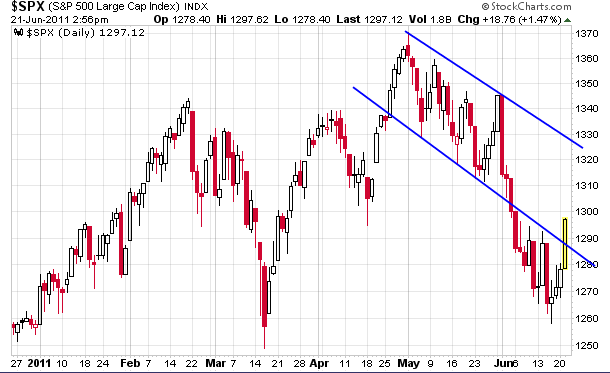I notice natural gas titan Encana (TSX: ECA) traded a bit lower after they announced that their previously announced joint venture with PetroChina for a shale gas field fell through.
I do not view this as being too adverse an event – Encana’s management has typically been quite long-range viewing and they are dealing with a very difficult situation in the natural gas market, with spot prices currently CAD$4.30ish and typical marginal costs of extraction higher than this. They have frequently stated that they believe the natural gas marketplace is artificially low and the best thing for resource companies with plenty of reserves on the ground is to wait for higher commodity prices before drilling. My guess is that PetroChina’s management had more of a short term focus.
Back in fiscal 2008, spot natural gas went well above $10 and Encana had a banner year on earnings, reporting over $8/share (note the 2008 number is not a direct comparison with the present company because the company split off Cenovus in 2009 which also benefited from $150 crude oil). If we ever see higher natural gas prices, Encana should be well positioned to capitalize. Currently with shale gas drilling there is a huge supply glut in the marketplace.
In 2010 the company earned $2/share on an average spot natural gas price of about $4.25 per mmBtu. Encana at present values appears to be a fairly good “grandmother” type stock that should retain its value even in adverse market conditions. Even in the depths of the 2009 economic crisis (which is generally what I use to gauge maximum downside) the stock did not trade lower than 20% below existing market values.
It is an interesting comparison to look at a company like Microsoft and ask oneself whether it is likely in the medium range future whether licenses for Windows and Office will be more or less valuable a commodity than natural gas.
